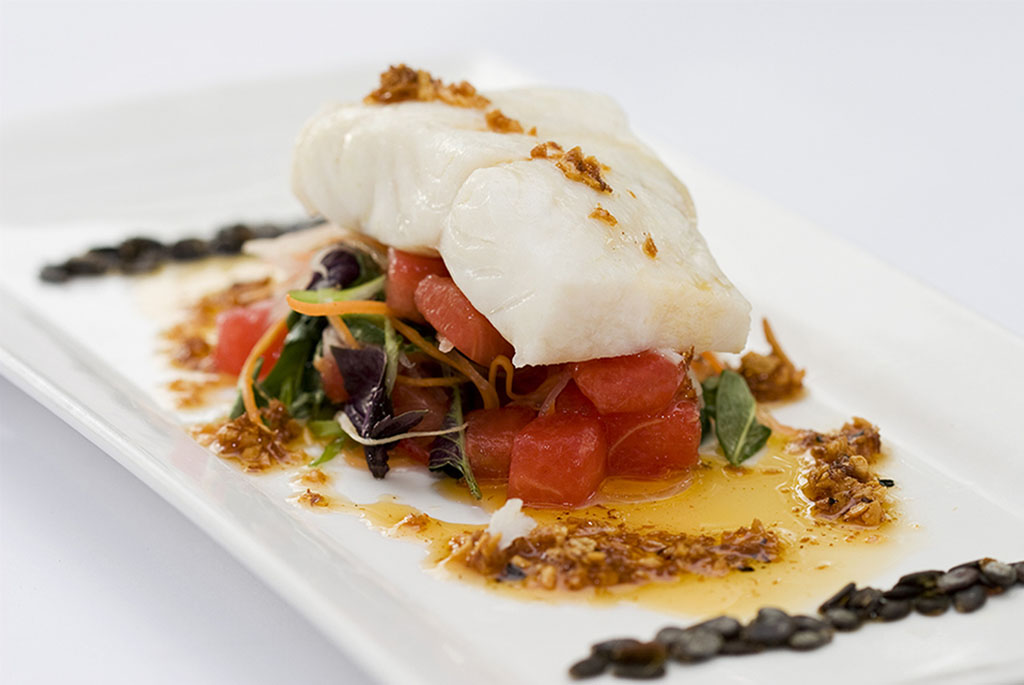Fine Art Photography, food, Macro Photography, Still Life Photography
Food photography tips
How to improve your food photography beyond basics? Work on a story.
Whether it’s an after-party from the perfect cocktail or the homemade roasted chicken recipe on the farm, you’re telling stories like all photography.
Some photoshoots are more complicated than others, and it may sound like a lot of work, but it’s not. Here are five tips to improve your food photography and tell better stories.
1. CHOOSE YOUR ANGLE
There are only a few camera angles in food photography that you see repeatedly; you need to decide which angle is best.
Camera placement will affect the story you’re trying to tell with your food photography.
Consider the food beforehand—size, shape, height, texture and what’s unique about it. Place the camera which best highlights the qualities of the food.
Many dishes look great when you shoot from the front, and others are best suited when you are looking down, directly above the table.
2. SURROUND THE FOOD PHOTOGRAPHY HERO
When shooting the front of the food, try to keep a great foreground and background. Use empty spaces to tell the story.
Surround your dish with ingredients and props related to the food, indicating the food is created using sauces, oils, and cooking utensils.
Other props like tins, jars, herbs, glasses, fabrics, and linens could speak about the dish’s origin or the season it served.
Placing these in the foreground and background will enhance your story and give depth to your food photo.
3. NATURAL IS BEST MODIFIED
Lighting is king. Acquiring a few tools to control it will bring your food photography to the next level. Harmful use of lighting will ruin your story and immediately turn off your audience. Make sure light doesn’t distract and help out your food photos big time.
Direct natural light can give harsh shadows. Get help from a cheap diffusor.
Placing a diffusor between the harsh light source and your table is the first thing to do on the list. Working with direct sunlight, a diffusor (or a white bed sheet) will significantly improve light quality—softening dark shadows and bright highlights caused by natural direct sunlight.
Using white and black cards gives you control over the shadowed areas of your food photography.
Utilise black or white cards. Make these yourself using foam core boards from a craft store or Port Douglas Picture Framing. Cut them to fit your needs, using the white cards to bounce light onto shadowed areas, revealing important details, or use black cards to make shadows stronger for contrast.
A little tip when working with natural light. Using a black card is called blocking (also called “gobos”). Sometimes, pesky natural light will fall on your background or props, causing them to be as bright or even brighter than your food.
Since the audience will often look at your food photo’s brightest spot first, it can harm your story if it’s not your subject. Using black cards to block light from hitting areas that will compete with your food.
4. LINES AND LAYERS
With all the props and ingredients in the frame. How do we get the audience to look at our subject? Bring on the tried and tested techniques of composing with lines and layers. Use props or ingredients to create lines and layers in your images, a style used by pro’s to lead their audience’s eyes to the food.
Shooting food from above always gets you more graphic images, with plenty of chances to create great lines.
Composing images with layers is always a winning effect for creating layers, sending your eyes straight to the star of the show.
5. HOLD THE COLOR
Hunting for props, backgrounds, ingredients and tableware to put in my images is always fun. This tip was also the first big mistake I was making when I was starting. It’s great to have colourful props, but if you’re not careful, that prop can easily divert your audience away from your food and grab all the attention.
When placing items into food photography, try selecting neutral tones, making the food pop against it.
Choosing a neutral background like black paper amplifies the bright colours.

